The Importance of Representational Art with Lizet Dingemans
Tuesday 9 August, 2022
Ever wonder how Raw Umber Studios teaches how to capture representational art?
Wonder no more! Katie Jarvis sits down with Head of Art Lizet Dingemans and delves into the matter...
Representational art - the art of drawing and painting real life (whether landscapes, still lifes or people) - has become a rare skill; difficult to acquire because so few schools focus on the genre. Here at Raw Umber Studios, we specialise in running workshops teaching those skills, as well as regular online sessions.
Lizet Dingemans, our artist-in-residence and one of our regular tutors, explains more about the representational techniques she believes essential for all artists.
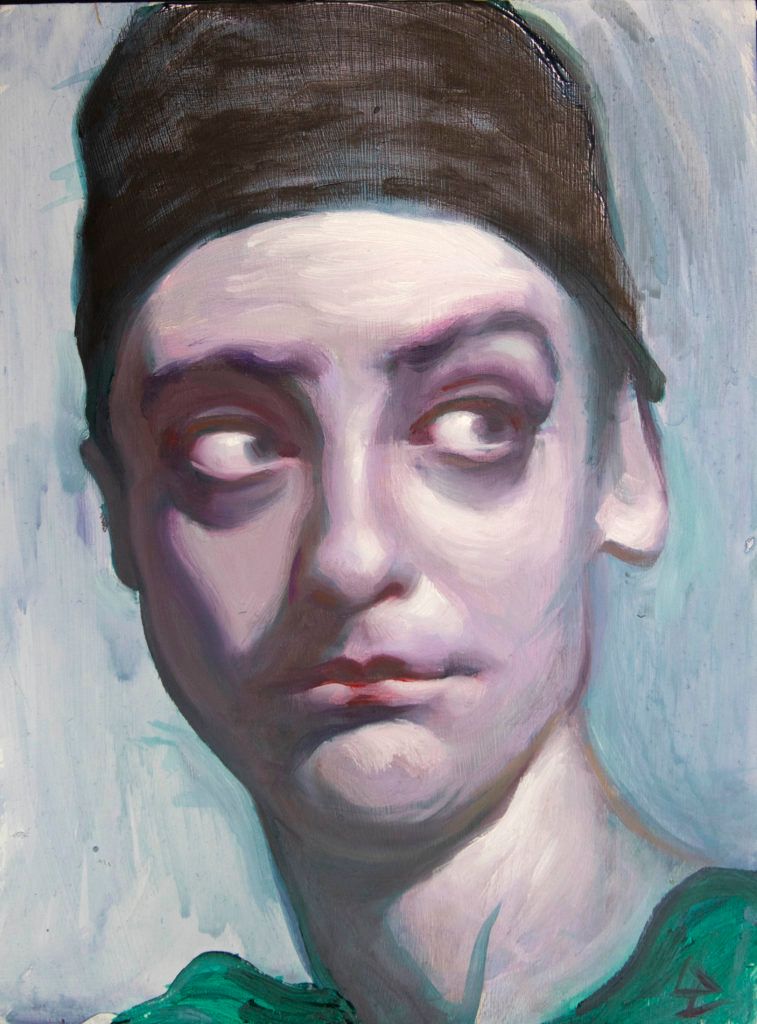
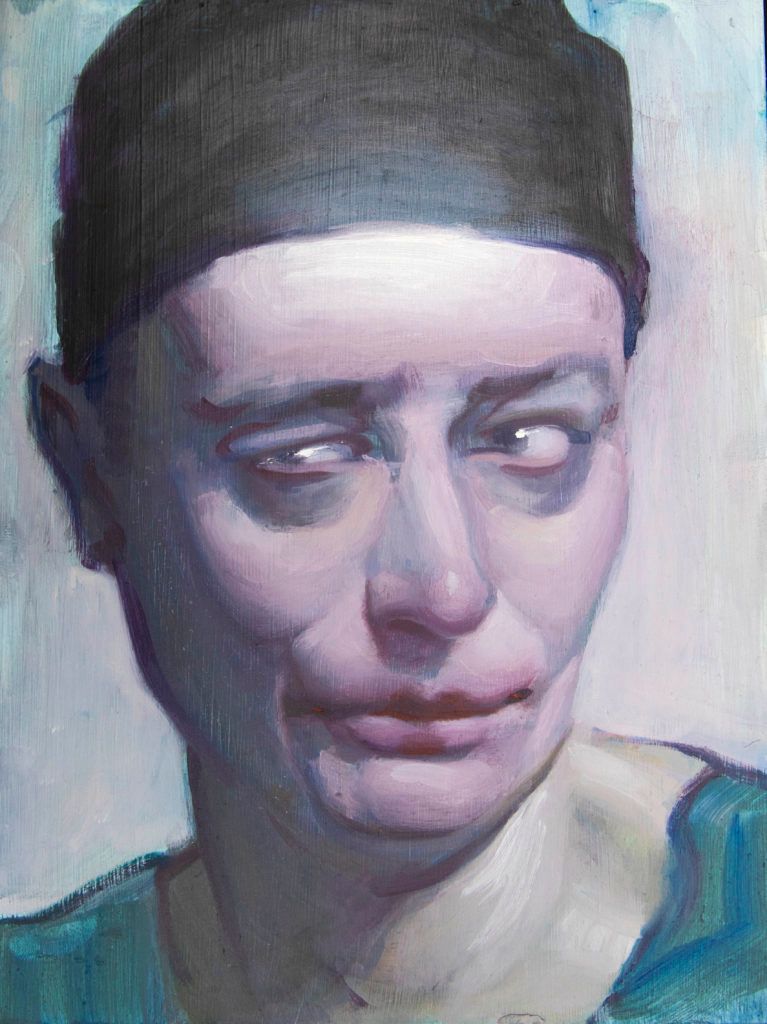
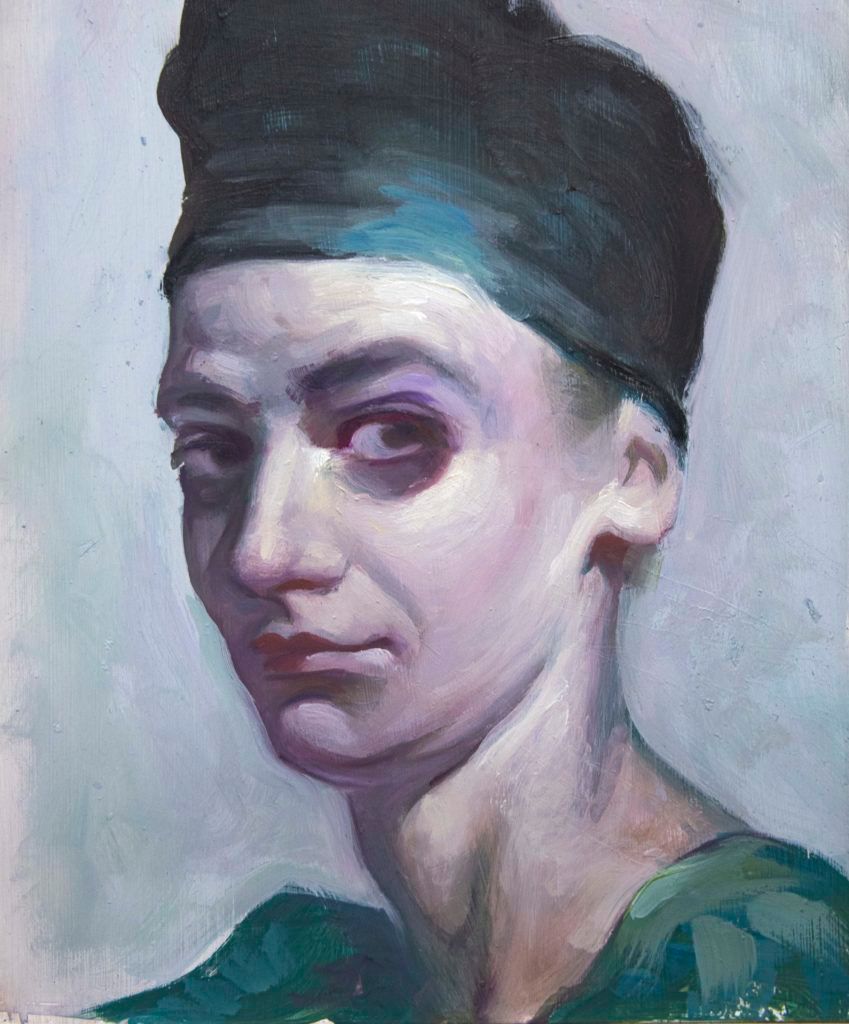
Lizet, what are the important elements when it comes to learning techniques of representational art?
I often say to students on day one, ‘I’ll tell you everything you need to know. There are no secrets that I’m holding back. The trick is putting the right colour, with the right hue and the right shade in the right place…’ But how to actually do that is the hard bit. That can take a lifetime.
First of all, you need to learn how to ‘see’. For example, students will often begin by drawing what they think should be there. When they’re drawing an eye, they draw the eyelashes. But, if you look at my eyes, you may not see every eyelash. We draw them in because we know they’re there.
It’s a case of retraining the brain, in other words?
Exactly. A lot about drawing is getting rid of natural instincts in the way we interpret the world; seeing it – instead - in terms of colour and shape. Trying to measure things with the eye is something else we’re not used to doing. When we walk through a door, we know we’re going to fit because we’ve already measured it subconsciously. But to make that a conscious effort is hard.
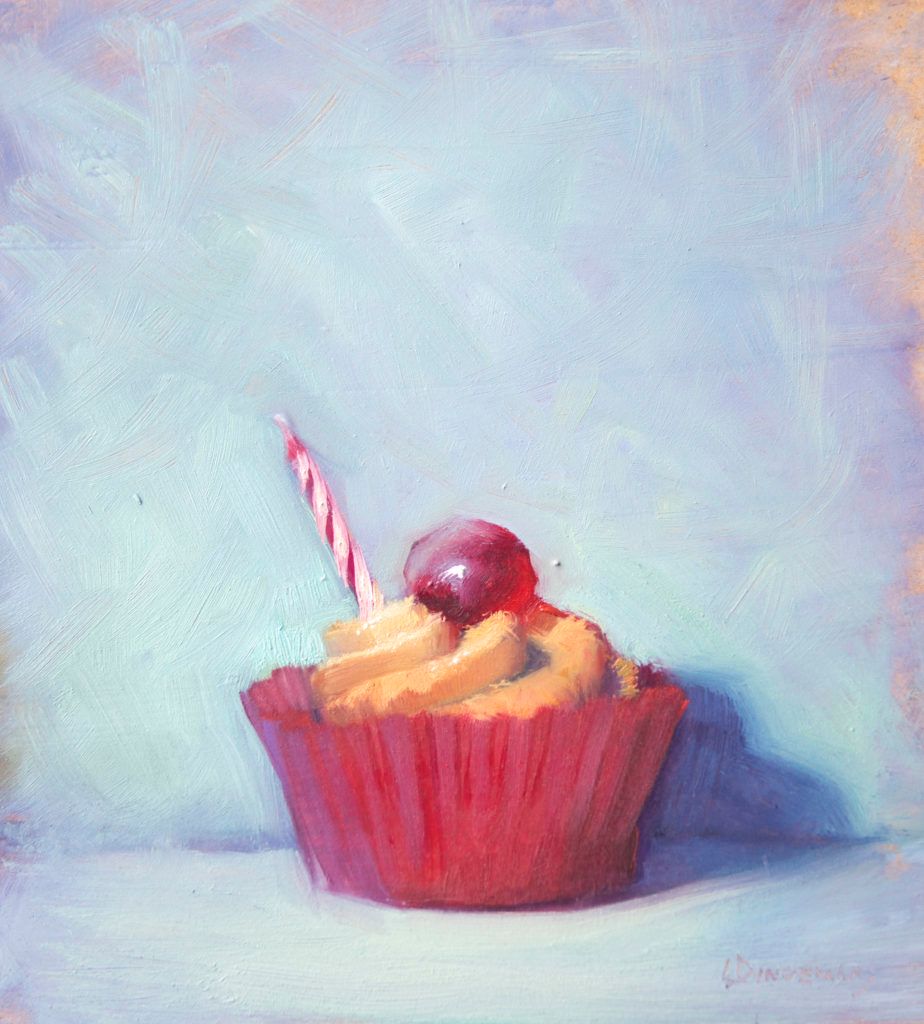
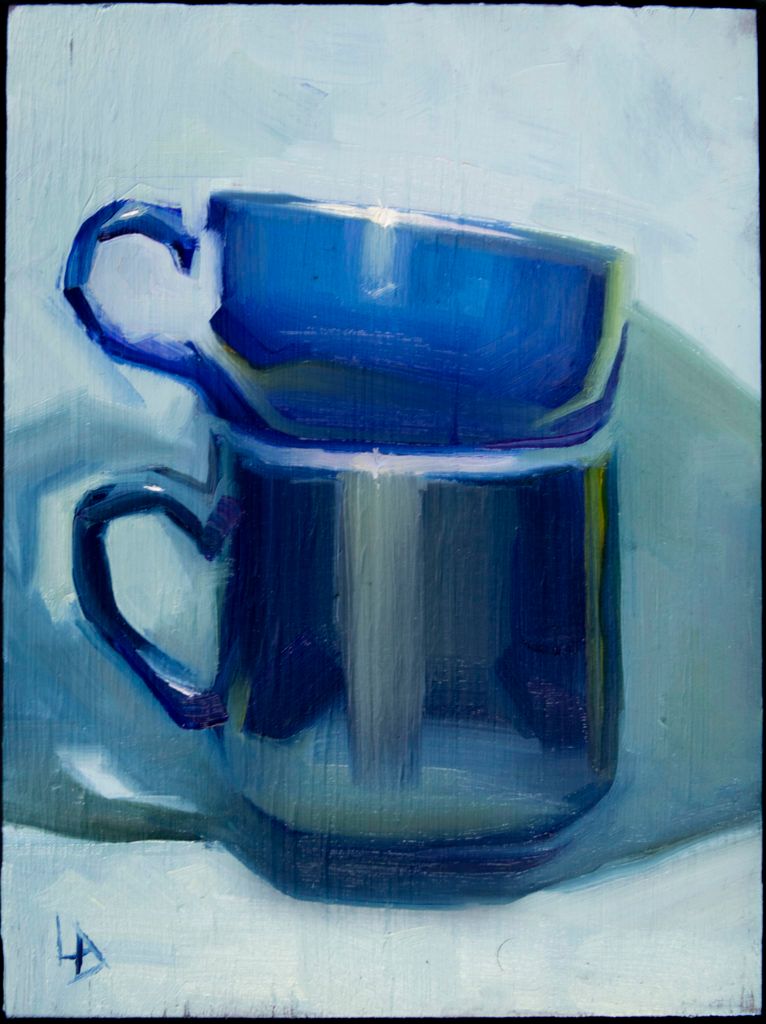
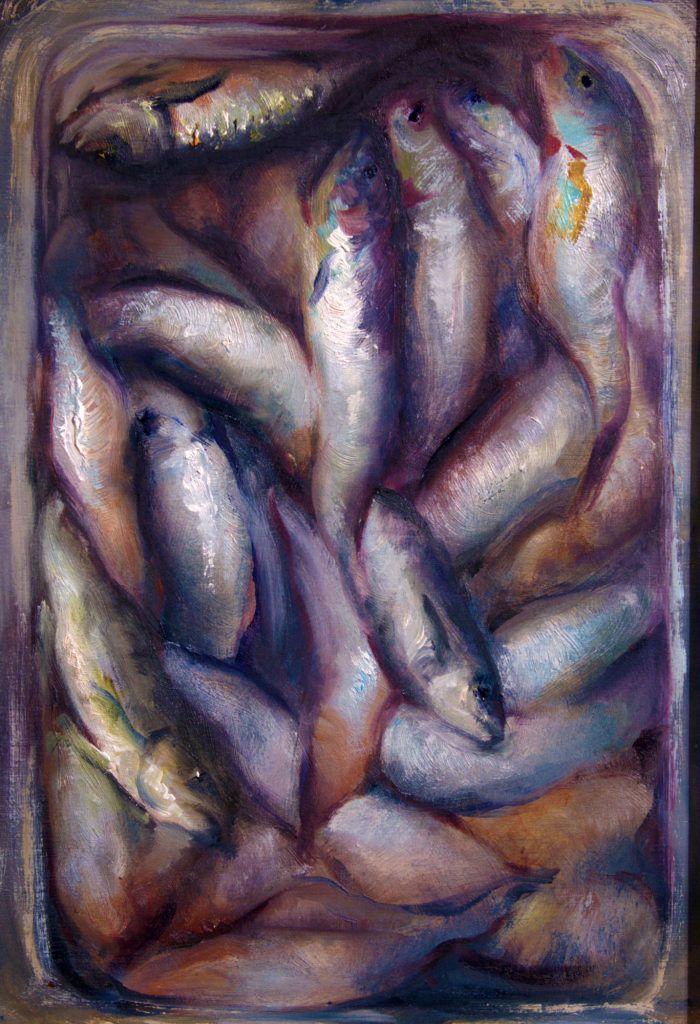
How do you begin to teach that process?
I get tend to get people to draw a plaster-cast first of all. In the 19th century, casts would be made of famous statues, death-masks and so on. Casts are very helpful for classes because they are a simplified version of what you’d be drawing in real life. So, for instance, a plaster-cast of someone’s head would be in white: you don’t have colour to confuse you. It would hold still – however good a model is, they’re always going to move slightly - so it gives you a controlled circumstance in which to practise. Once I’ve got to know the way someone works, we can talk about their goals. Do they want to paint? Do they want to draw? And then we can talk about how to get to those goals.
Are these techniques essential, in your opinion, even for other genres of art?
It’s a bit like learning an instrument: you first need to learn scales so you can play the music you want to play. So, yes, whatever the genre of art, these skills are important building blocks. Take the artist Mondrian as an excellent example. We all know his ‘squares’; but not many people know he was a very good representational artist beforehand. He started off painting landscapes, and then began simplifying those into compositions. He painted trees, making them more and more stylised, searching for underlying forms and shapes that make the landscape look so great. And that developed into his signature style. To me, abstract art is best when it has a search behind it.
Not many schools teach representational art today. Why is that?
We can trace back one reason to the 19th century when photography was invented. Photography – of course - used light to stain a special plate with an image. That idea was amazing to artists! And some of them took the concept of those stains to form Impressionism: Trying to imitate light, and the way light works, by using pure pigments; trying not to brush into it; trying not to add more detail, just using stains.
At the time, the very stuffy Establishment was censoring which artists were allowed to show work in traditional art exhibitions. In France, as part of a reaction to that, the Impressionists staged a counter-salon [the Salon des Refusés in 1863] in which they included only the rejected work of the official Paris Salon. It became huge – people loved the techniques they used, where there wasn’t a lot of detail: they were just giving an impression of what you saw.
And that sowed the seeds for an ever-increasing move from ‘real life’ art?
Certainly. Another factor, after the Second World War, was the way the class system in England broke down; there was less of a market for portraiture - and less money to do it. Art started to become very conceptual-based; which is not necessarily a bad thing. But we get a lot of students today coming in to us, saying, ‘Finally, here is somewhere that allows me to paint what I see!’ Because it’s been not ‘allowed’. People who are looking to learn traditional oil-painting and drawing techniques have had a problem because they aren’t taught anymore.
I believe that, if you’re doing abstract art, you are better off choosing not to do something than not being able to do it full-stop.
Which are the representational artists whose work you particularly enjoy?
The Old Masters, of course. John Singer Sargent [one of the Broadway Group of Artists, who spent time living and working in the North Cotswolds, close to Raw Umber Studios] is a good one to look at. The Golden Age of Illustration [the popularity of illustrated books and magazines in America, between 1850 and 1925]. Mucha, during the Art Nouveau period.
Representational art enjoyed another resurgence in the 1950s with Disney films, when all the backgrounds had to be hand-painted. Skilled artists were needed once again.
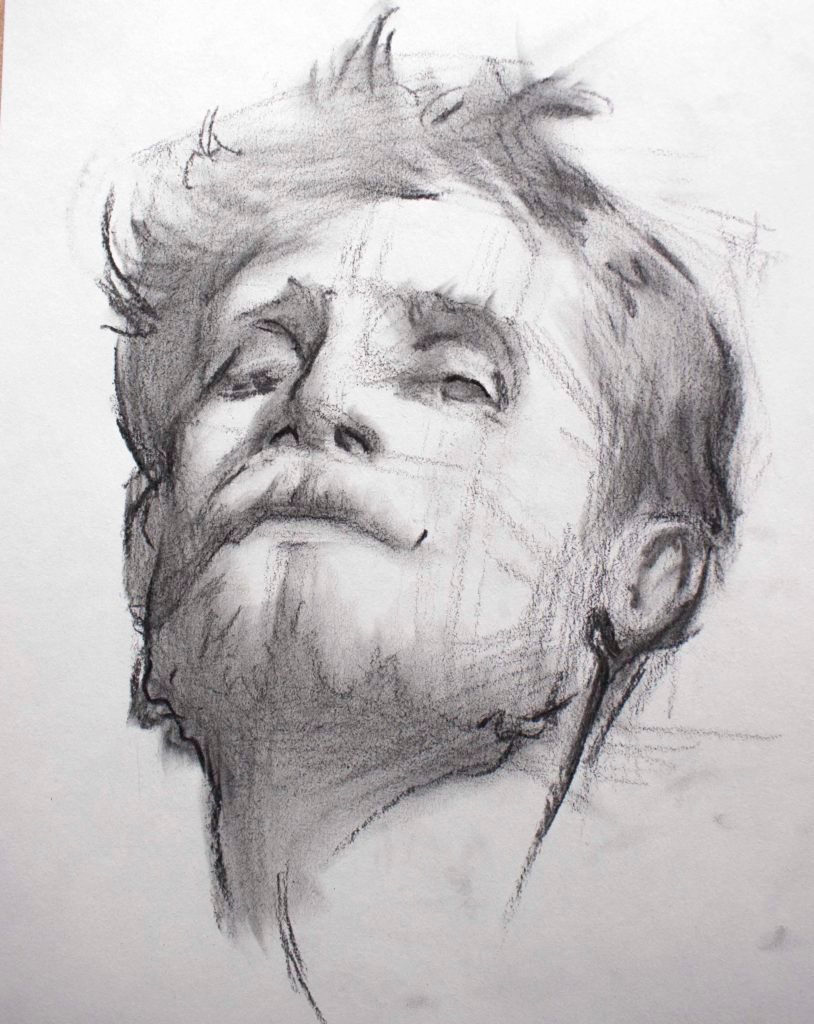
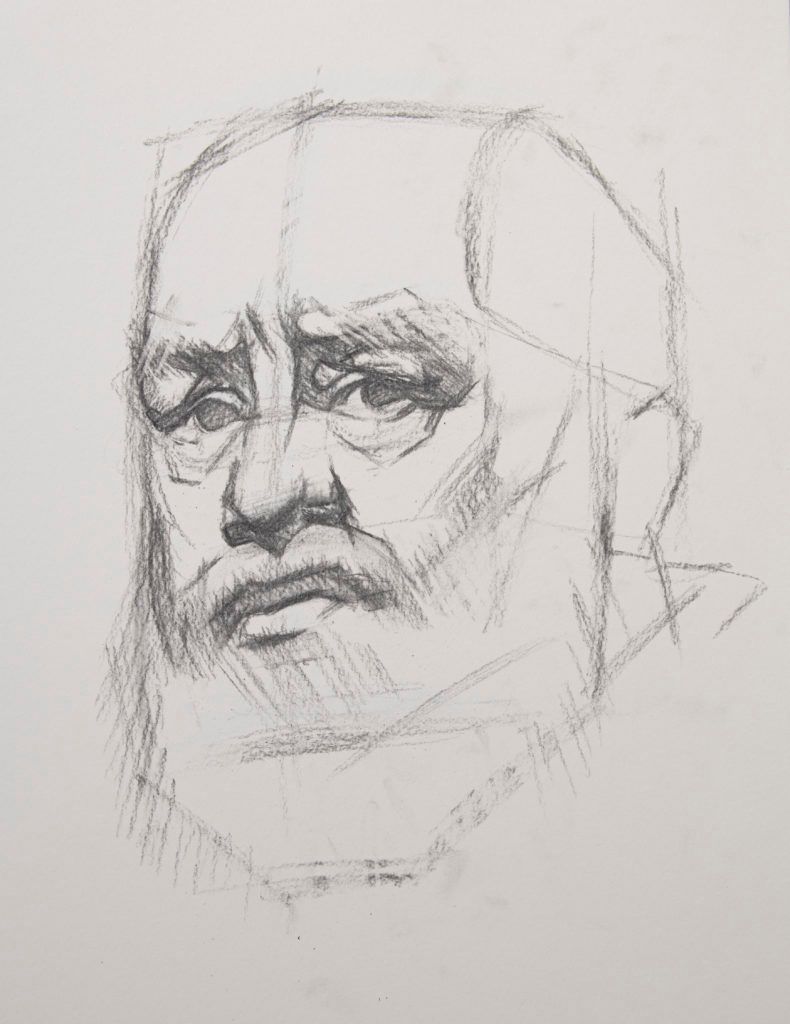
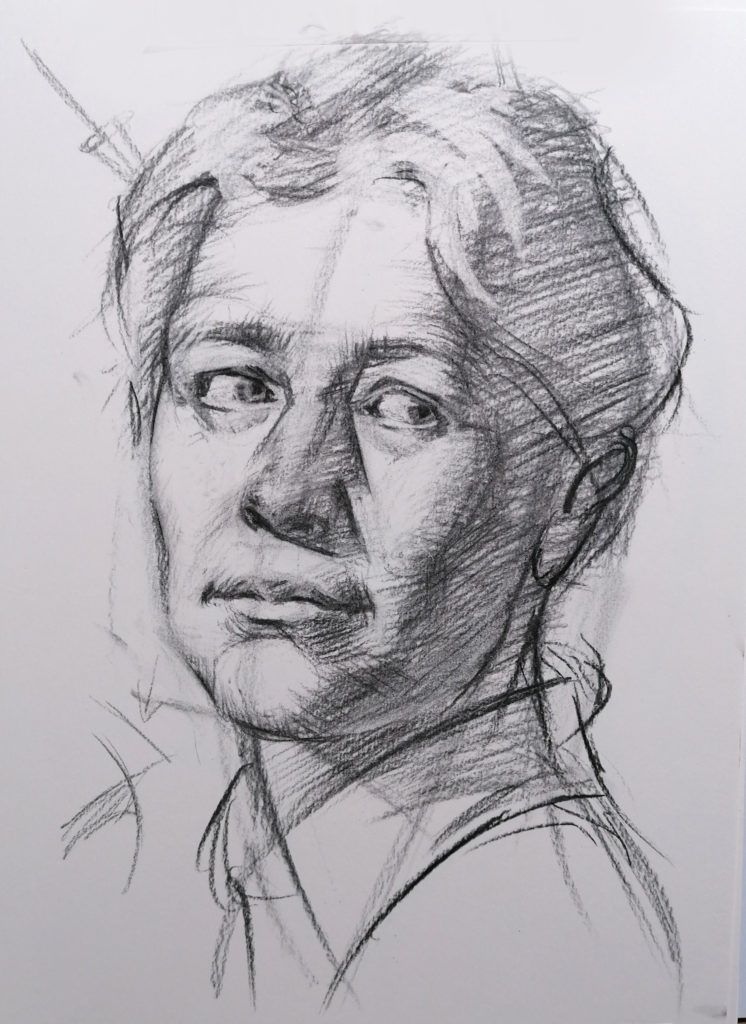
What sorts of classes do you run?
I’m doing a regular Tuesday school at the studios, which runs from 10am-5pm with a break for lunch. People sign up for four weeks at a time, but we often find they enjoy it so much, they want to continue. It doesn’t matter if you’re a beginner or more advanced – in fact, sometimes it’s easier to start with a blank slate; it’s more about being passionate, and wanting regular practice.
Then I’m doing online classes, every Sunday and Wednesday - an hour each on all the things we’ve been talking about: learning how to see shapes; how to see the world; looking for underlying structures; the use of materials. If you’re watching one of those online classes live, you can also ask me questions in the chat.
Lizet is a graduate of the Angel Academy in Florence, and the London Atelier of Representational Art; she has been a contestant in Sky Arts Portrait Artist of the Year, as well as being nominated for Artists & Illustrators magazine’s Artist of the Year award. To find out more, visit lizetdingemans.com.
Lizet’s upcoming workshops include:
Painting the Alla Prima Still Life, on September 24 and 25; and
Drawing the Portrait, November 26 and 27.
Subscribers to online Raw Umber Studios classes receive a five percent discount on materials from Pegasus Art, Stroud.
pegasusart.co.uk
pegasusart.co.uk
